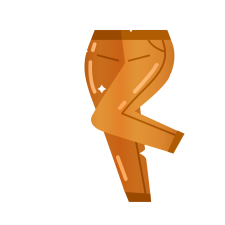Install Steam
login
|
language
简体中文 (Simplified Chinese)
繁體中文 (Traditional Chinese)
日本語 (Japanese)
한국어 (Korean)
ไทย (Thai)
Български (Bulgarian)
Čeština (Czech)
Dansk (Danish)
Deutsch (German)
Español - España (Spanish - Spain)
Español - Latinoamérica (Spanish - Latin America)
Ελληνικά (Greek)
Français (French)
Italiano (Italian)
Bahasa Indonesia (Indonesian)
Magyar (Hungarian)
Nederlands (Dutch)
Norsk (Norwegian)
Polski (Polish)
Português (Portuguese - Portugal)
Português - Brasil (Portuguese - Brazil)
Română (Romanian)
Русский (Russian)
Suomi (Finnish)
Svenska (Swedish)
Türkçe (Turkish)
Tiếng Việt (Vietnamese)
Українська (Ukrainian)
Report a translation problem
















I actually started the Bard's Tale with 2, the Destiny Knight, spotted it at Caldor's (for the young'uns that was a Department store chain back in the 70s-80s). Took me 7 months to finish BT2, because there was no Internet at the time (Q-link showed up a year or two later), and no help lines either, so I got stuck on one riddle, that didn't allow me to access the next area until I answered the riddle correctly.
#NoEnv ;
SetWorkingDir %A_ScriptDir% ;
#SingleInstance force ;
SetKeyDelay, 100
^z::
send,F
Loop 4
{
send,AA
}
Loop 3
{
send,C
send, nuke{enter}
}
send,Y
Return
I used this strategy in my last playthrough and I had a macro that just chain cast it. Most battles (in male) finished in less than 10 seconds and I never ran from a single battle.